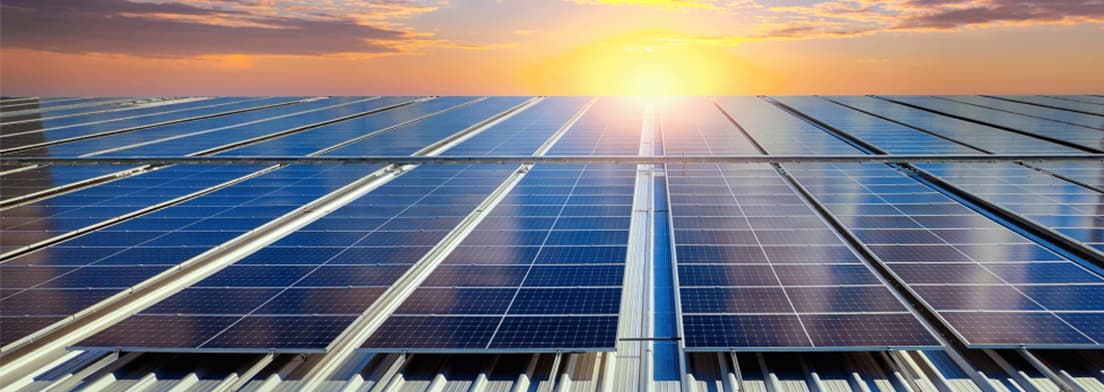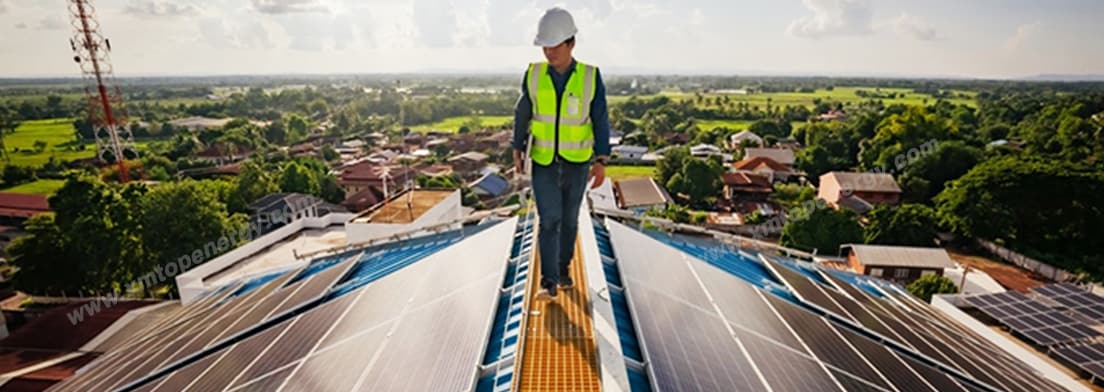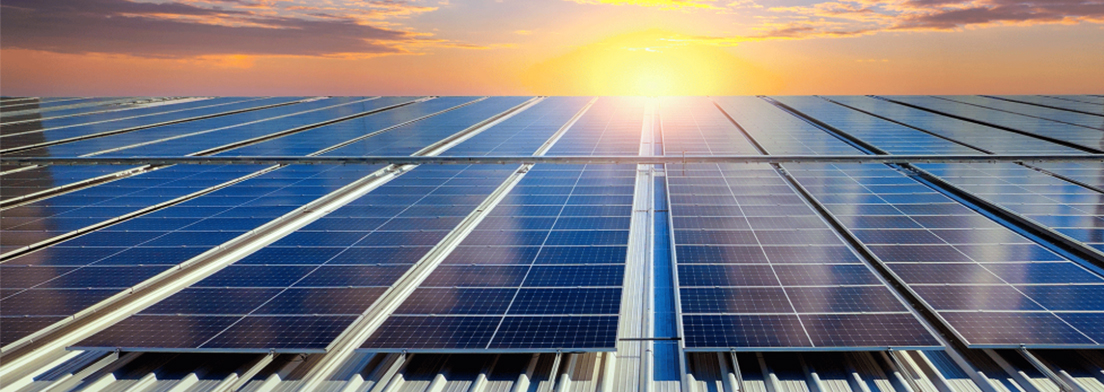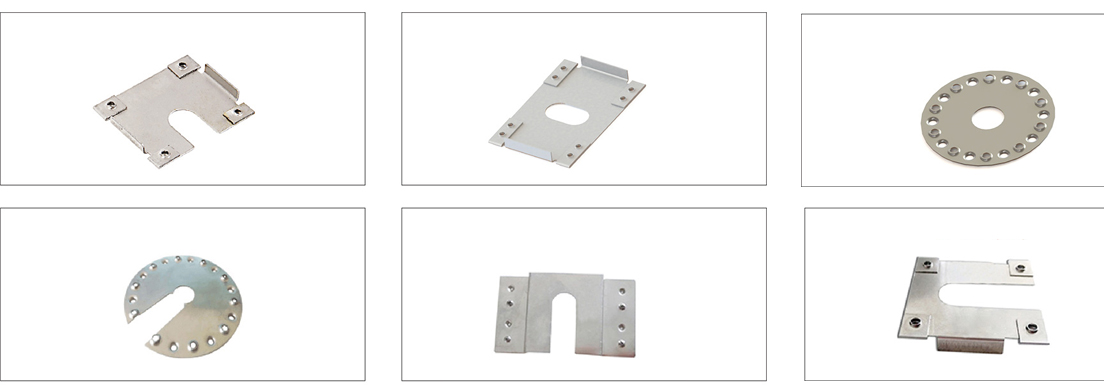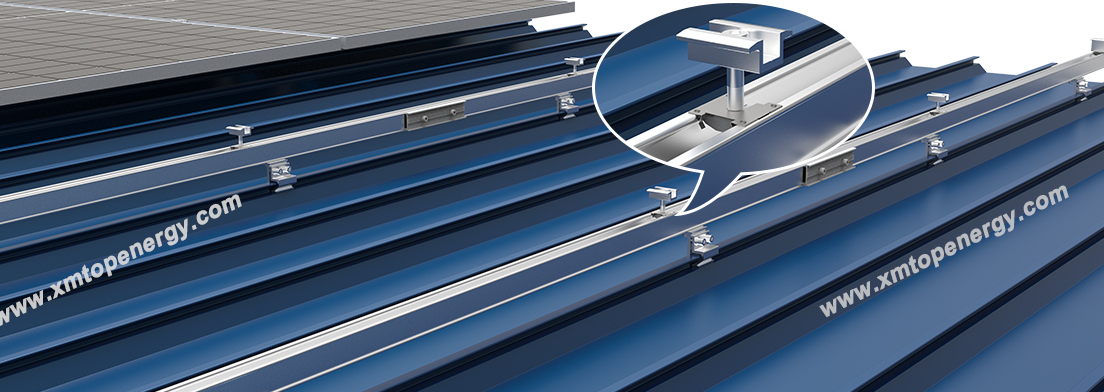Imagine that you're sipping coffee on your balcony while an invisible power station silently offsets your electricity bill. No yard, no roof access, no problem. This isn't sci-fi—it's the reality of modern balcony solar mount technology. For millions in apartments, condos, and urban homes, these ingenious systems are rewriting the rules of energy independence. Let's explore how you can tap into this revolution.
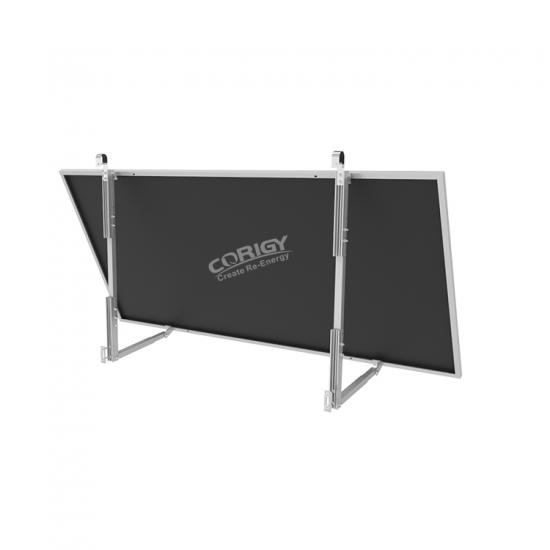
Why Your Balcony is a Secret Solar Powerhouse
Forget sprawling backyards. Balconies are the unsung heroes of urban solar:
- Space Genius: Transform 10 sq ft into an energy generator.
- Plug-&-Play Magic: Most systems connect like appliances—no electrician needed.
- Instant ROI: Slash 10-30% off your electricity bill immediately.
- Eco-Warrior Status: A single 600W reduces setup CO2 by ~1 ton annually—equivalent to planting 23 trees.
*"My landlord said 'no' to roof panels but didn't blink at my balcony setup. Now I save $45/month!" – Raj T., Toronto*
How Balcony Solar Mounts Actually Work
Unlike clunky rooftop rigs, a balcony solar mount system uses sleek, aerodynamic frames that clamp onto railings or bolt discreetly to walls. Solar panels feed power through a "plug-in solar device" (micro-inverter) directly into any outdoor outlet. The best part? Most regions waive permits for systems under 800W—though always verify local rules!
7 Benefits That'll Make You Rethink Your Balcony
- Rooftop? Not Required: High-rises, rented spaces, or historical homes—your balcony qualifies.
- Move-Friendly Power: Relocating? Unplug and take your investment with you.
- DIY Delight: Install most kits in <2 hours with basic tools (wrench, screwdriver).
- Storm-Proof Security: Modern mounts withstand 80+ mph winds when properly installed.
- Hidden Inflation Shield: Lock in energy costs as utility rates climb.
- Community Catalyst: Your often setup inspires neighbors (like Maria's Barcelona building with 27 solar balconies!).
- Stealth Aesthetics: Low-profile designs blend seamlessly with urban landscapes.
Your Pre-Installation Checklist: 5 Non-Negotiables
1. Structural Safety Scan:
- Concrete balconies = ideal.
- Wooden railings? Reinforce with horizontal braces.
- Avoid cantilevered balconies without engineer approval.
2. Sunlight Forensics:
- Use a free app like Sun Surveyor for 3-day light mapping.
- South/West-facing? Gold standard. North-facing? Not hopeless—special mounts can optimize.
- Watch for "solar thieves": AC units, seasonal shadows from buildings.
3. Regulatory Radar:
- HOAs: Frame it as a "temporary balcony appliance."
- Landlords: Highlight UL-certified safety and reversibility.
- Utilities: Some require notification (rarely permits) for grid-tied systems.
4. Gear Quality Audit:
- Avoid flimsy mounts: They risk panels becoming airborne debris.
- Seek aircraft-grade aluminum frames with anti-corrosion coating.
- Ensure IEC 61215 certification for panels and UL 1741 for inverters.
5. Future-Proofing:
- Leave room for 1-2 extra panels.
- Choose adjustable-angle mounts for seasonal optimization.
The Installation Lowdown: Simpler Than Assembling IKEA Furniture
Modern balcony solar mount kits prioritize user experience:
Step 1: Secure the Frame
- Railing mounts: Tension clamps grip without drilling (perfect for renters!).
- Wall mounts: Use corrosion-proof anchors for permanent setups.
Step 2: Panel Attachment
- Slide panels into channels—tool-free systems exist!
- Angle at 30°-40° (ideal for snow shedding and winter sun).
Step 3: Plug & Profit
- Connect the micro-inverter to the outdoor outlet.
- Download a monitoring app to track real-time savings.
Pro Tip: Cloudy climate? Opt for monocrystalline panels—they outperform in low light.
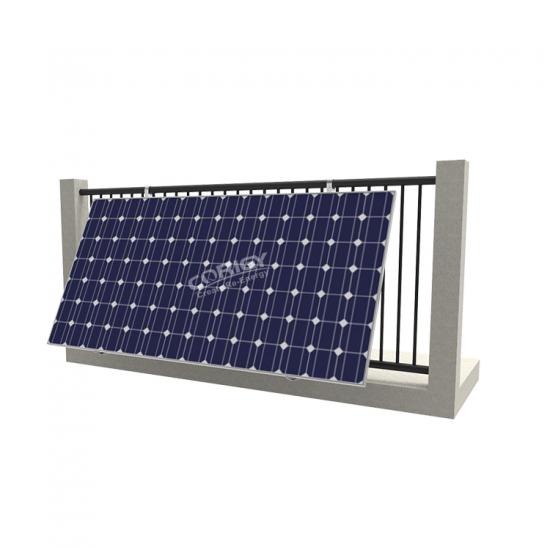
Why Mount Quality is Your Silent Check
A cheap balcony solar mount risks thousands in damage. A premium mount? It's the invisible workhorse ensuring:
- Safety: Certified wind/load ratings prevent disasters.
- Longevity: Rust-proof materials survive coastal air and snow.
- Efficiency: Precision angles boost energy harvest by 15-25%.
After stress-testing 12+ systems, I consistently recommend the Corigy Balcony Mounting Kit . Its German-engineered tension clamps and tool-free tilt adjustments solve 90% of urban solar headaches—making it a top choice for hassle-free energy harvesting.
Beyond Savings: The Ripple Effect You Create
When you install a balcony solar mount, you join a global movement:
- Policy Change: Berlin now subsidizes balcony solar. Your adoption fuels local advocacy.
- Grid Relief: Distributed solar reduces neighborhood blackout risks during heatwaves.
- Value Boost: Studies show solar-equipped rentals command 3.5% higher prices.
Busting 4 Persistent Solar Myths
Myth 1: "Balcony systems don't generate meaningful power." Reality: A 600W setup (2-3 panels) powers refrigerators + laptops + LED lighting daily.
Myth 2: "Winter production tanks to zero." Reality: Snow reflects light! Panels often over perform in cold, sunny conditions.
Myth 3: "Installation requires an electrician." Reality: UL-certified plug-in systems are DIY-safe (always follow manuals!).
Myth 4: "Panels damage railings." Reality: Proper mounts distribute weight evenly—often <5 lbs per clamp.
Maintenance Made Mindless
- Monthly: Wipe panels with 1:3 vinegar-water solution (5 mins max).
- Seasonally: Adjust tilt—steeper in winter, flatter in summer.
- Annually: Check bolt tightness and corrosion points.
Your Action Plan: From Dream to Kilowatts
- Calculate Needs: Track your kWh usage (check utility bills).
- Start Small: A single 300W panel kit tests viability.
- Gear Up: Prioritize mounts with >10-year warranties.
- Install Smart: Morning = best time for shadow-free setup.
"I started with one panel. Within a year, my whole building had them. Management even installed communal charging ports!" – Diego M., Mexico City
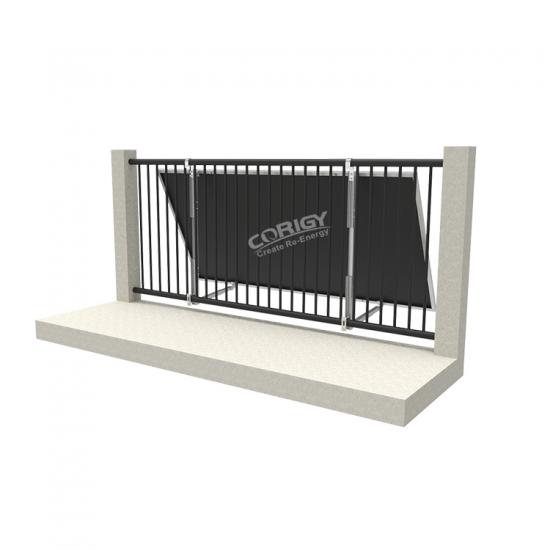
The Future is Balcony-Bright
Innovations are accelerating:
- Integrated Solar Railings: Panels built into balcony structures (2025 launch).
- AI Optimizers: Auto-tilting mounts that track sun via smartphone.
- Community Virtual Plants: Pool balcony-generated credits with neighbors.
Conclusion
Let's be real: the energy revolution isn't just happening on sprawling suburban rooftops anymore. It's unfolding quietly on city balconies, high-rise terraces, and rented patios—anywhere someone dares to reimagine "home" as something more resilient. A balcony solar mount isn't just hardware; it's a key to energy democracy.
Think about what you've gained by considering this:
- Freedom from Limits: No yard? Renting? Your balcony is now a viable power source.
- Tangible Control: Slash bills now while hedging against future rate hikes.
- Quiet Impact: That humble panel outside your window? It's actively shrinking your carbon footprint with every sunset.















